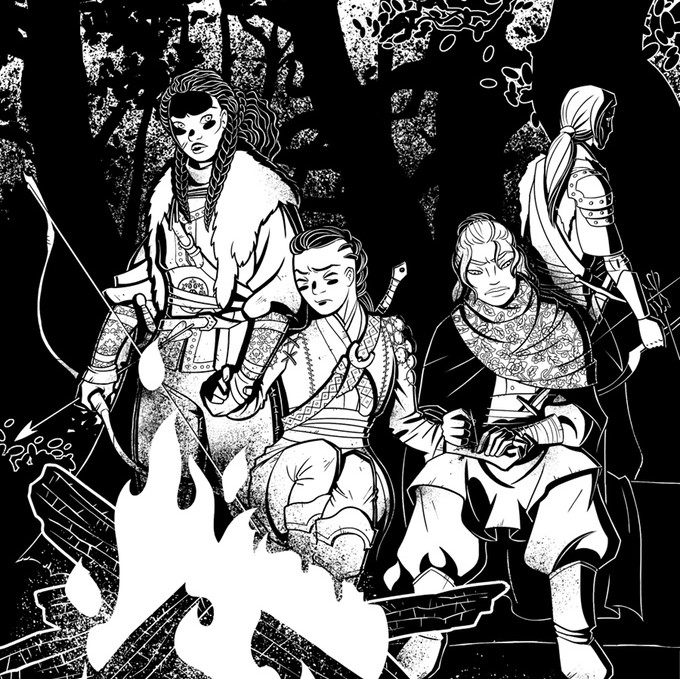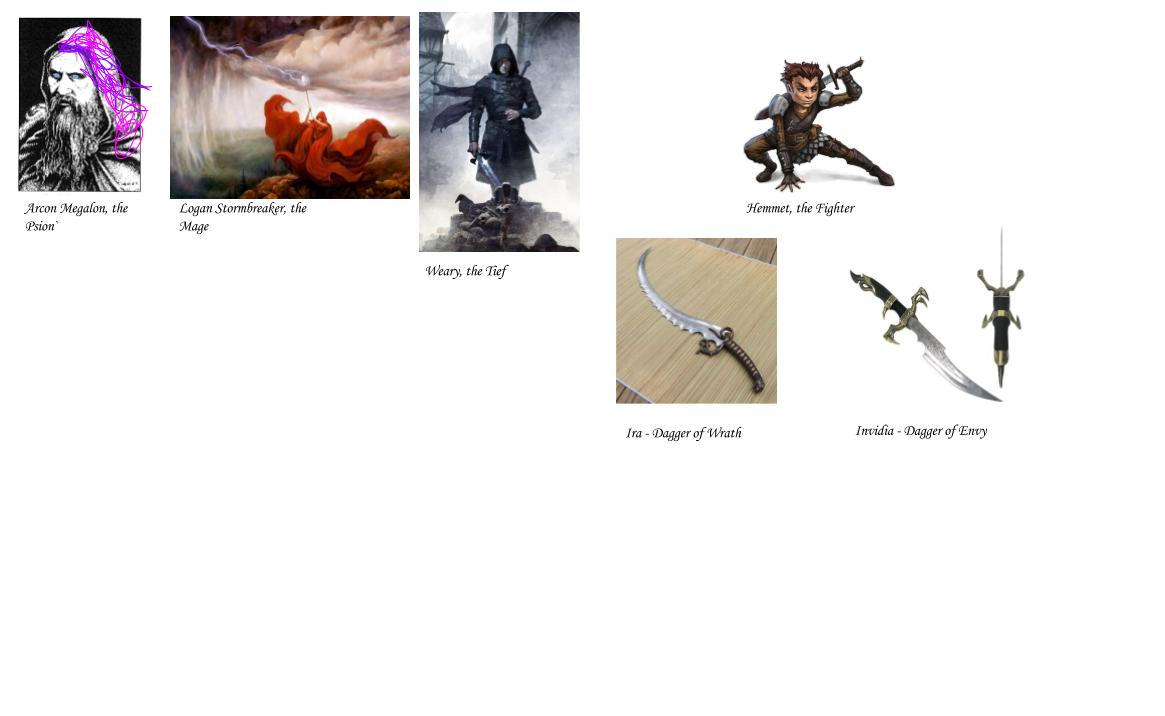
Super hyped to start my 7-session The Watch campaign yesterday! This is a game that I consistently find really, really exciting. For this session, we were very focused on the setup, which is pretty intensive for The Watch –– and very much worth it, in my opinion. We went through a big chunk of this process when I played at Dreamation, but this is my first time running through the whole thing. So I’m going to focus on that process here, rather than diving into the story itself. For reference, though, here’s our cast:
Corporal Rezzi, the Bear. A middle-aged woman of Clan Royshan, the warrior clan. Played by Michael G. Barford
Warden Teka, the Fox. A young mystic of Clan Sharn, the clan of hunters & gatherers. Played by Yoshi Creelman
Warden Reva, the Eagle. A young champion of Clan Dothas, the clan of priests and mystics. Played by Stephen Humphreys
The setup process handles not only character creation, but a big chunk of world building as well, and it does an excellent job placing characters in the world they’re creating. A lot of this comes out via clans, which are a key connector between the characters and their society. Through the setup, for example, we learned that Clan Royshan (warriors) split off from Clan Dothas (mystics) a long, long time ago. Dothas brokered a peace with a rival dominion that ultimately failed resulting in a catastrophic war. It also prompted the warriors to break off from the mystics, forming Clan Royshan. Centuries later, these tensions still linger, and the remaining Dothas say that Royshan violence caused the Shadow to spread and become such a devastating enemy. And on the other side, Reva, ceremonial warrior of the Dothas clan, views Teka’s backwoods magic (she’s Clan Molthas) as scary and possibly illegimate…
All of this is just a part of the lore, character and world details we came up with. The great thing is that all of this comes from the players. The game only provides a 2-3 word summary of the clan (Dothas: Mystics.) and a set of questions that enable the players to flesh them out from there. Very cool. One result of this is that the same clan can turn out very differently on different games. In my last campaign, for example, Royshan was a martial clan with a heavy focus on power politics. This time, they’re rooted in ancient mysticism and are known for their secret police forces and a certain dark ritual they have recently forsworn.
Then there’s the Shadow. The game’s intro intentionally leaves The Shadow pretty undefined. Instead, the GM & players get to define a few aspects of the Shadow at the start of the campaign, and more as the game goes on. The options are all super compelling and thematic, but are otherwise diverse and in some cases surprising: the Shadow might be darkly sorcerous, sure, but it might also be technological, fronting terrifying war machines against the players.
I’m very eager to play these traits out in the story. At one point, after I picked “Reality warping”, one of my players asked how it would play out. That prompted a good GM cackle. 😈😈 The Shadow is an enigmatic villain, especially at first, which makes it easier to deepen and enhance those details as the game progresses.
Anyways those are just some impressions of the setup process. Another thing that stood out to me and others at the table was how cool the playbooks are. Rather than lean into genre archetypes, The Watch centers its books around personalities and playstyles. It helps that the GM sheet includes a quick two sentence summary of each that really makes clear what each book is about. The playbook agendas are very helpful as well, and I’ve made sure to integrate them into the sheets we’re using for online play.

